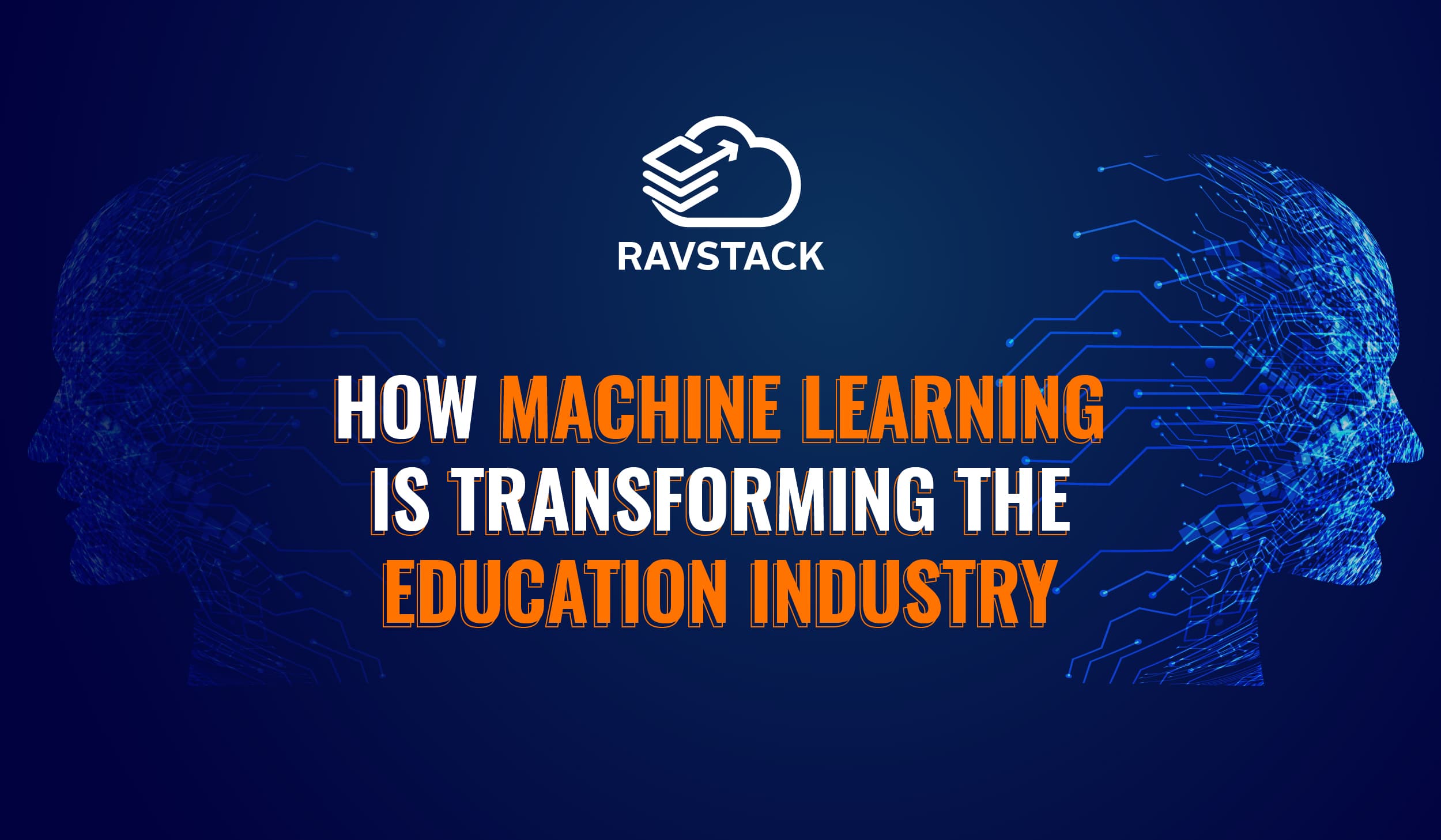 Machine Learning
Machine Learning
 Education
Education
 February 12, 2020
February 12, 2020
 6 mins read
6 mins read

Artificial intelligence is now a part of our daily routine. This technology is all around us, from smart sensors, automatic parking systems, and personal help to clicking beautiful pictures.
Similarly, Artificial Intelligence is being included in education, and traditional practices are changing rapidly.
Table of content
The educational industry is becoming more convenient and personalized thanks to the several applications of AI and Machine Learning for education. It has enhanced the way people or students learn, as educational materials are easily available to everyone through smart devices and computers.
The AI technology provides customized and interactive software tools packed with virtual and augmented reality. The fact that these tools are deployed on smart platforms, such as smartphones, tablets, laptops, and computers, make them easily accessible to students, regardless of their geographical location and age group. It, thus, offers quality education to all.
At the same time, AI and ML technologies are beneficial for the repetitive administration tasks for educational institutes. For instance, the AI-automated grading procedure, as found in the reporting & analytics characteristic of a learning management system, is already being used for assessing objective type tests, saving a lot of time for educators.
The technology of ML and AI has the ability to get results on the basis of already existing sets of data. This proves to be a massive gain with respect to the education industry.
These predictive outcomes provide the generation of a distinct learning path for each individual learner. These pathways can then help learners concentrate more on the areas of the stream they are weak in or assist them in their projects and self-study at home. Such systems become very helpful when learners are preparing for critical examinations.
The prediction and learning pathways also help in exploring the knowledge of learners, organically, in an engaging manner.
Machine Learning can enhance the journey of administrative duties to teachers and educational institutions. Teachers and authorities spend a lot of time grading exams, assessing homework, and providing valuable outcomes to their students. Objective type tests can use technology to automate participant grading tasks.
This means that educators need to spend more time with their learners than they do with grading. We expect more of this from Artificial Intelligence. In fact, software developers are coming up with better ideas of grading written answers and general articles.
The other department that benefits the most from ML and AI is the school admissions board. Artificial intelligence provides the automation of classification and processing of paperwork.
Every learner is different from the other, and so is their subject-grasping ability. For this very reason, the learning content that works for a learner may not necessarily work for the other. That’s exactly why there is a need to customize the learning content, which is being done with technologies like AI and ML.
With these technologies, there has emerged a scope for providing learners with customized learning content that meets their unique learning requirements exceptionally. Students’ learning requirements can be gauged through their learning pathways or interactions and engagements with other platforms.
In a traditional learning place, it generally becomes difficult for an educator to track and provide feedback on each learner’s progress. However, the implementation of AI and ML have made this work smoother.
By utilizing AI and ML-enabled learning management systems, educators can track the performance of all their learners through the collection and analysis of their record. The tracking results are accurate in serving information on whether the learners understand what is being taught or if they are lagging behind in a particular subject.
Based on these outcomes, learners are given a learning plan that resolves their individual learning problems effectively.
AI and ML enhance IT processes and release new opportunities or capabilities. For example, area planners can utilize it to reduce traffic jams and improve pedestrian safety. Similarly, educational institutes can decide on appropriate methods to prevent students from getting rushed while walking through the corridors.
These technologies can also be utilized in the modeling of complex data to enable the operations section to raise data-driven instructions. This allows for perfect planning for the future, such as allocating seats during educational seminars or events or ordering food from local cafes.
A study published by eSchool News suggests that by 2021 the ML and AI in education and learning will increase by 47.5%. These technologies are utilized by higher education institutions and the lowest levels.
It creates customized learning platforms with personalized tools to raise the learning experience. Artificial intelligence can tell learners how their dreams are based on their goals, thereby helping them go beyond academics. Only time will speak about the extraordinary impact of AI on education.
Interestingly, as per the Market Research Future’s data, AI’s involvement in the education sector is anticipated to reach around 2 billion USD approximately by 2023, rising at a CAGR of 38% during the period of 2018-2023.
RavStack always utilizes modern tools and technologies that allow our highly skilled professionals to provide fully efficient and flexible development services.
We have developers and engineers with years of experience in developing the latest technologies and development strategies to accentuate Machine learning and Artificial Intelligence.
Our dedicated team oils the entire design and development cycle and makes use of modern techniques to meet strict deadlines.
)
We'll get back to you within 24 hours
Talk to our expertDigital Newsletter about iOS, Android, AI, Big Data and Cloud Insights.